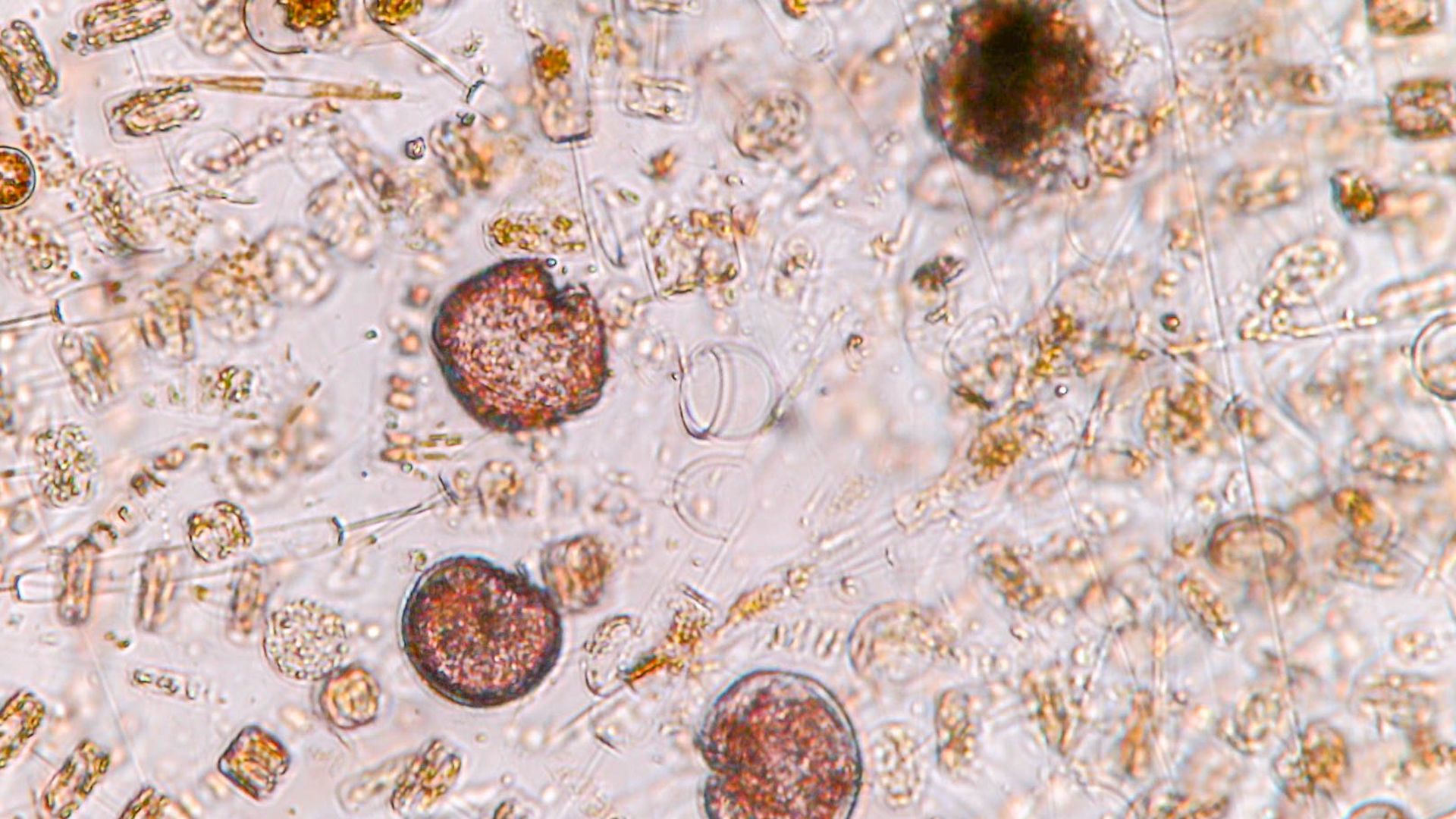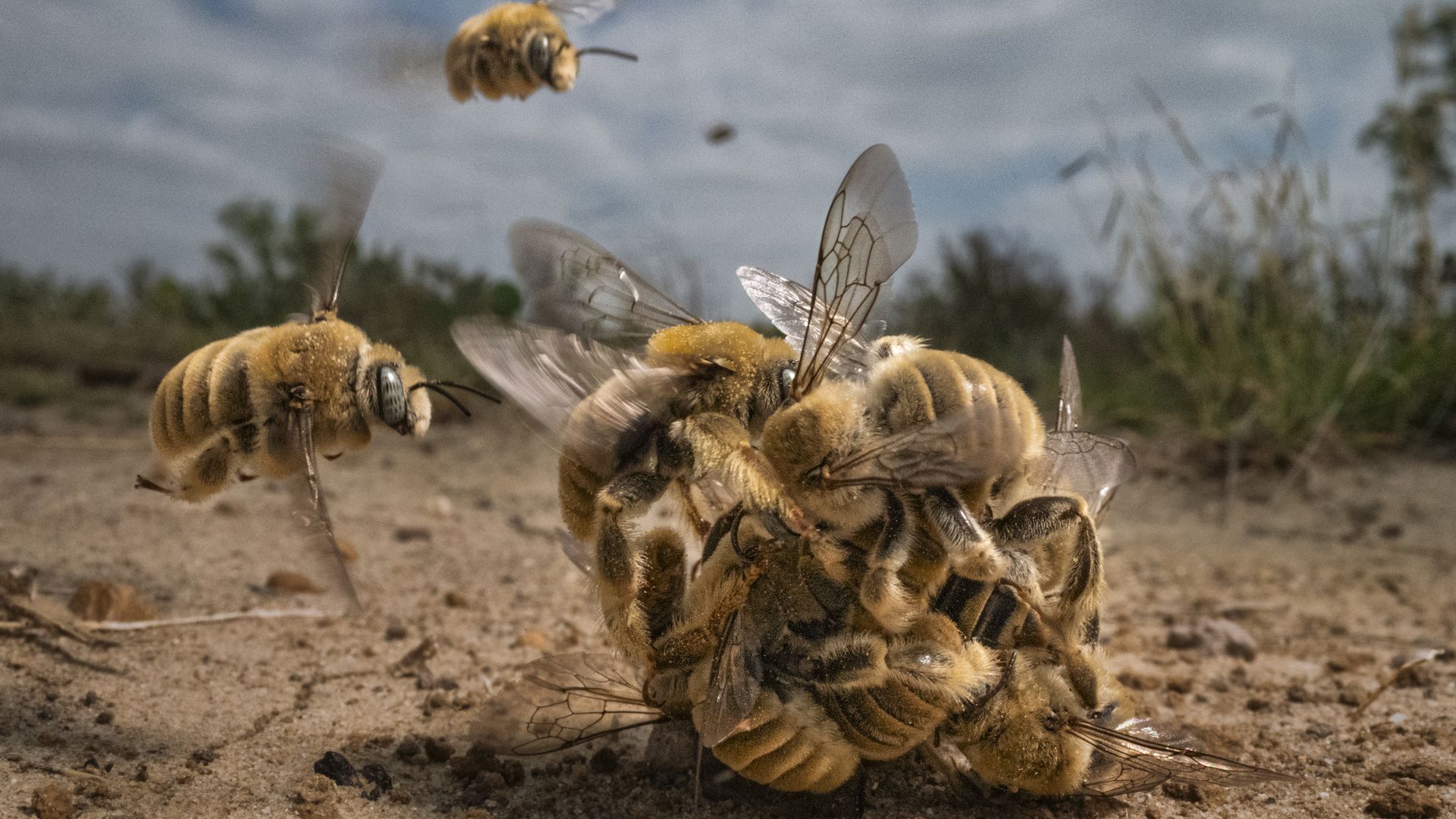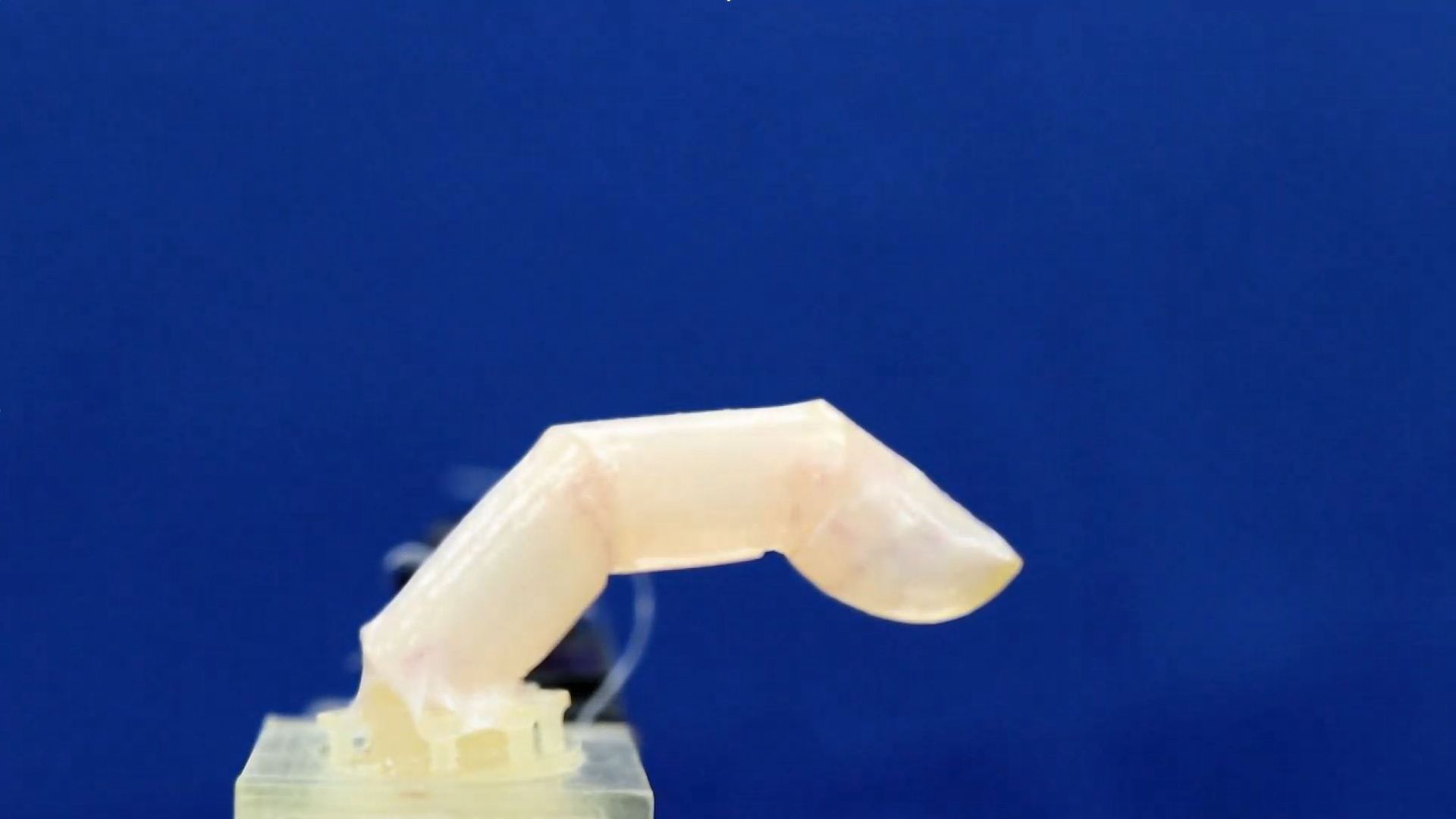| | | | | | | Presented By PhRMA | | | | Axios Science | | By Alison Snyder · Jun 09, 2022 | | Thanks for reading Axios Science. This week's newsletter is 1,312 words, about a 5-minute read. | | | | | | 1 big thing: X-ray astronomy opens new window on the universe |  | | | Illustration: Shoshana Gordon/Axios | | | | X-ray astronomy is revealing new details about the nature of the universe, Axios' Miriam Kramer and I write. Why it matters: For thousands of years, humanity's understanding of the universe has been dominated by what can be seen. Now, by measuring the invisible X-rays, infrared signals and gravitational waves emitted across the universe, scientists are getting a clearer understanding of the events that shape the cosmos. - With X-ray astronomy, "we can observe most of the universe over most of cosmic time," says Grant Tremblay, an astrophysicist at the Center for Astrophysics who works on X-ray astronomy.
What's happening: Several X-ray missions — large and small — are active today, including NASA's Chandra X-ray Observatory and the European Space Agency's (ESA) XMM-Newton. Both launched in 1999. - Since then, China's HXMT mission, NASA's NuSTAR and Swift missions and a handful of others have launched.
- The newest addition is IXPE — a small NASA mission launched in December 2021. It has three identical X-ray telescopes, each with a detector to measure the polarization of X-rays emitted from neutron stars, supermassive black holes and other sources.
- A new study of Chandra data accepted to be published in the Monthly Notices of the Royal Astronomical Society found the physics of two massive colliding galaxy clusters is similar to what can be seen in our own smaller solar system.
Background: When stars are born, they emit X-rays that can move through dust and gas carrying information about the young stars and their development. - And when stars die and explode into supernovas or collapse into black holes or leave a neutron star corpse in their wake, they can release X-rays that tell scientists about their structure and evolution.
- When stars interact, they form winds and jets that can change the shapes of galaxies and spark star formation. In the process, they produce X-rays that offer clues about those events.
- "We think X-rays thread through ... all of the universe and all kinds of sources," says Belinda Wilkes, an astrophysicist at the Smithsonian Astrophysical Observatory and former director of the Chandra X-ray Center.
How it works: Unlike optical telescopes that focus incoming photons that bounce nearly head-on off mirrors, X-ray telescopes focus the high-energy X-ray photons to a detector at an angle similar to "skipping stones off the surface of a pond," says Tremblay. - The result is a single observation will result in just a few X-ray photons landing on a detector, whereas optical telescopes can sometimes receive trillions.
The big picture: X-ray astronomy has existed for more than two decades but the science is now "coming of age," Wilkes writes in a review this week in Nature. - The power of X-ray astronomy is being unlocked by combining it with other data collected in different wavelengths of light and even gravitational wave signals.
- That suite of information can give a fuller view of the universe that's more accurate than any one source of data could provide.
Yes, but: Large X-ray observatories take years, if not decades, to develop and build, and right now, the future of X-ray astronomy at NASA and ESA is uncertain. What to watch: The first results from the IXPE mission will be presented next week at the American Astronomical Society's annual meeting. - The telescopes' first targets included a magnetar, or neutron star with a strong magnetic field, a supernova remnant, an X-ray source beyond the Milky Way and the Crab Nebula. Astronomers first measured the nebula's X-ray polarization in the 1970s.
- "It was a relief to measure that and see we got the same result as 50 years ago," says Brian Ramsey, the principal investigator for IXPE.
|     | | | | | | 2. An ocean of RNA viruses |  | | | Phytoplankton. Photo: Maéva Bardy/Tara Ocean Foundation | | | | RNA viruses that infect plankton may be shaping the ocean's crucial role in carbon cycling, according to a new study. The big picture: DNA viruses are known to play a role in the ocean's ecosystem but less is known about the diversity of marine RNA viruses, the types of hosts they infect and whether they impact the flow of energy and carbon in oceans. - "RNA viruses definitely influence the global ocean ecosystem," says Guillermo Dominguez Huerta, a virologist at Ohio State University and a co-author of the new study.
Details: The research builds on the team's earlier discovery of more than 5,500 new RNA viruses in the ocean. - That work was based on an analysis of more than 35,000 samples collected by the Tara Oceans Consortium at 121 sites around the world.
- Huerta and virologist Ahmed Zayed, also from Ohio State University, and their colleagues determined whether there were viruses in plankton in the samples by searching for a specific gene, RdRp, that is found across RNA viruses.
In the new study, the team looked at where the RNA viruses are found in Earth's oceans and what hosts they infect. - They found the viruses in four different ecological zones: the Arctic; Antarctic; Temperate and Tropical Epipelagic (near the surface of the ocean); and Temperate and Tropical Mesopelagic farther underwater. (DNA viruses occupy five different zones.)
- They also found marine RNA viruses largely infect fungi and plankton, whereas DNA viruses typically infect bacteria, they report today in the journal Science.
The intrigue: Some of the viruses infect plankton that play a key role in pumping carbon in the ocean. Dead plankton that contain carbon settle to the bottom of the ocean where it is stored for millions of years. - And some of the RNA viruses contain genetic material from their hosts. In the hosts, the genes were involved with the cell's metabolism, suggesting the viruses may manipulate the host cell's metabolic pathways to "maximize virus production," they write.
- It could be another way the viruses influence the ocean's carbon pumping.
|     | | | | | | 3. Catch up quick on COVID | | The White House today outlined its plan for distributing COVID vaccines to children under the age of 5, Axios' Ivana Saric writes. An FDA advisory panel recommended the agency authorize Novavax's COVID vaccine for emergency use in adults, Axios' Adriel Bettleheim reports. "Moderna said Wednesday that using a new version of its Covid-19 vaccine as a booster led to a superior antibody response against the Omicron variant compared to its current shot," per Matthew Herper at STAT. |     | | | | | | A message from PhRMA | | Voters want Congress to address health insurance | | |  | | | | Many Americans reject so-called government "negotiation" once they learn it could sacrifice access, choice and innovation. The story: Respondents find health care coverage costs unreasonable and a top priority health care issue for policymakers to address today. Read more in the new survey. | | | | | | 4. Worthy of your time |  | | | "Bee Balling." Photo: Karine Aigner courtesy of BigPicture Natural World Photography Competition | | | | BigPicture Natural World Photography Competition (bioGraphic) A pigment's shift in chemistry robbed a painted yellow rose of its brilliance (Carolyn Gramling — Science News) Domesticated chickens were initially friends, not food (Amanda Heidt — The Scientist) The mysteries at the edge of the solar system keep growing (Miriam Kramer — Axios) |     | | | | | | 5. Something wondrous |  | | | A bending robotic finger covered with living skin. Photo: Shoji Takeuchi/University of Tokyo | | | | A robotic finger covered with living skin can bend and heal, researchers report today. Why it matters: Skin provides humans and other animals with a sense of touch — a key way of taking information in about the world. Giving robots that sense could help them to interact more naturally with humans. How it works: The three-jointed robotic finger was placed in a solution of collagen and human skin cells to create a first layer of skin. - Then, another solution with human keratinocyte cells that form the epidermis was added. Over two weeks, an outer layer of skin formed, Michio Kawai and colleagues at the University of Tokyo report today in the journal Matter.
- After a small cut on the finger was covered with a collagen sheet, the wound healed within a week.
But, but, but ... The skin equivalent in the study can't survive in the air for a long period of time, they write. - "A future challenge is to reproduce the components of the skin, including nerves and appendages (i.e., sweat glands, nails, etc.), so that robots can acquire these skin-specific functions."
|     | | | | | | A message from PhRMA | | Out-of-pocket costs create significant barriers to care | | |  | | | | New data show that 35% of insured Americans spent more on out-of-pocket costs than they could afford in the past month. The story: Many patients are experiencing an insurance system that isn't working for those who need care. Learn how insurance is leaving patients exposed to deepening inequities. | | | | Thanks to Miriam for our joint venture this week, Laurin-Whitney Gottbrath for editing, Shoshana Gordon on the visuals team and Carolyn DiPaolo for copy editing this edition. |  | It's called Smart Brevity®. Over 200 orgs use it — in a tool called Axios HQ — to drive productivity with clearer workplace communications. | | | | | | Axios thanks our partners for supporting our newsletters. If you're interested in advertising, learn more here.
Sponsorship has no influence on editorial content. Axios, 3100 Clarendon Blvd, Suite 1300, Arlington VA 22201 | | | You received this email because you signed up for newsletters from Axios.
Change your preferences or unsubscribe here. | | | Was this email forwarded to you?
Sign up now to get Axios in your inbox. | | | | Follow Axios on social media:    | | | | | |
No comments:
Post a Comment